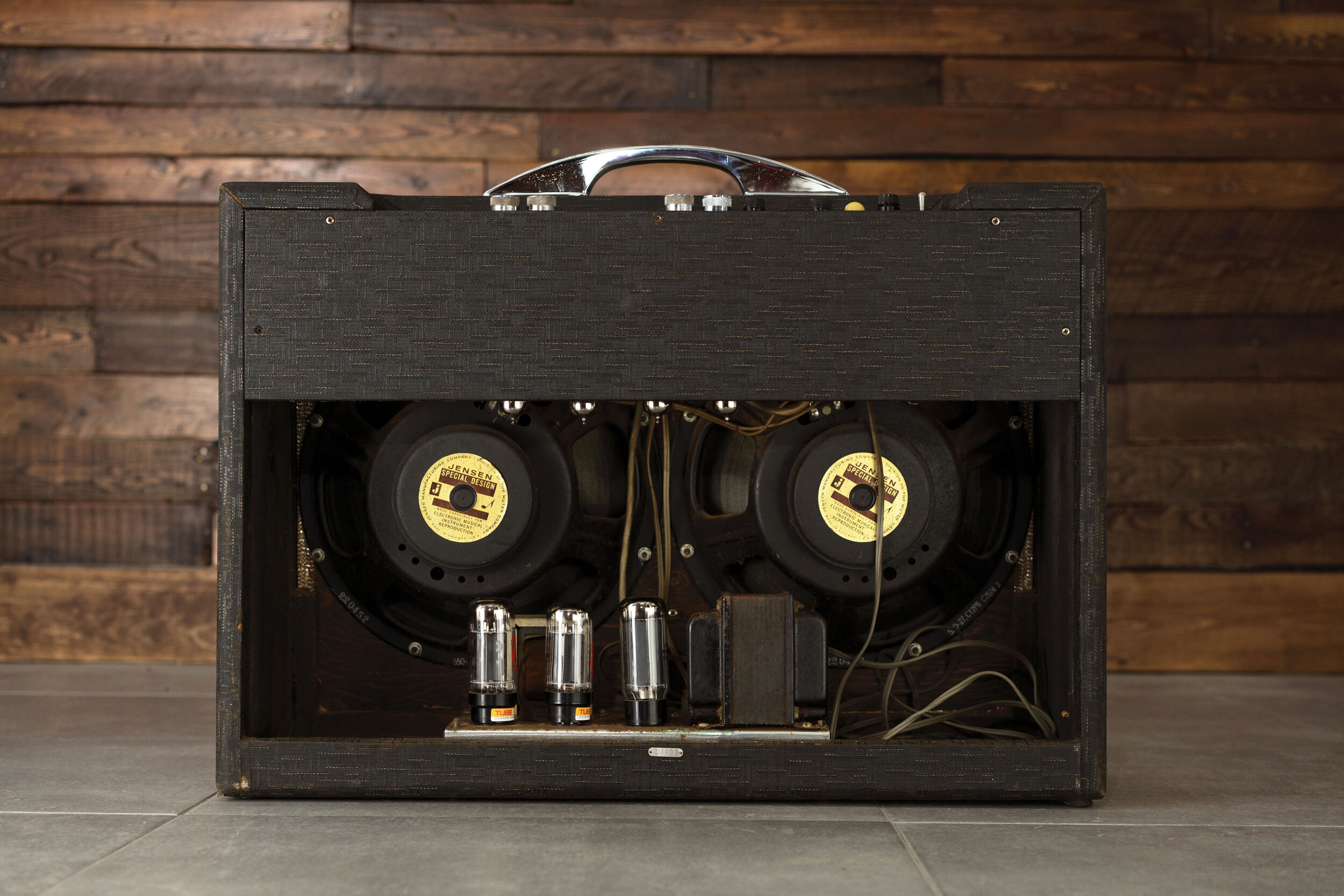How to Tell If Your Speaker Is Blown
The sound of a blown speaker is pretty tell-tale - fuzzy, distorted crunchy sound that may be roughly reproducing the signal you are sending through it or making no sound at all.
There are a few scenarios that can cause a speaker to malfunction. A speaker can sustain physical damage to the cone or even the voice coil. Sometimes the damage is obvious. In other cases, the speaker may look fine, and the distortion may be so subtle that you could be wondering if your amplifier is actually at fault. In this article, we’ll share our tips on how to determine whether your speaker or your amp is to blame.
Common Amplifier Malfunctions: The amp smells like it's burning.
There are two major reasons why an amp might smell like it’s burning:
The amplifier is covered in dust, which is in fact burning from the heat of the tubes
The amplifier is malfunctioning and a component is burning
If you have any doubt whether your amplifier is burning, you should turn it off and unplug it right away. However, you may be asking yourself, am I overreacting? Is it correct to be concerned about this burning smell? Or do old amps always smell this way?
Why does my Wurlitzer 112 amp have a weird octal plug that goes nowhere?
The Wurlitzer 112 has a mysterious octal plug that appears to go nowhere. It is very similar to the wiring harness plug, except that it doesn’t end in a wire. It’s just a little black dome that occupies chassis real estate and doesn’t appear to do anything in particular.
How to Troubleshoot Any Amplifier: Start with trivial problems.
The most efficient way to troubleshoot an amplifier is to investigate common trivial problems first. Complicated problems can have complicated solutions, but trivial problems can often be solved in a matter of minutes. By starting with potential trivial problems, you can cover a lot of ground quickly, without unsoldering a single connection. This reduces wear-and-tear on your amplifier, saves time, and prevents you from replacing components that still have plenty of life left in them.
How to Replace Vintage Filter Capacitor Cans
The filter capacitors in many amps are mounted in a metal can, which can be an obstacle to successfully recapping the amp. These days, filter cans are only made in a limited values, so it's hard to find the exact match. Mounting the caps outside of the can is another option, but finding the space can be tricky. Removing the can can leave a giant hole, which can allow dust to enter the chassis over time. So, what's the best way to replace can-style filter capacitors?





